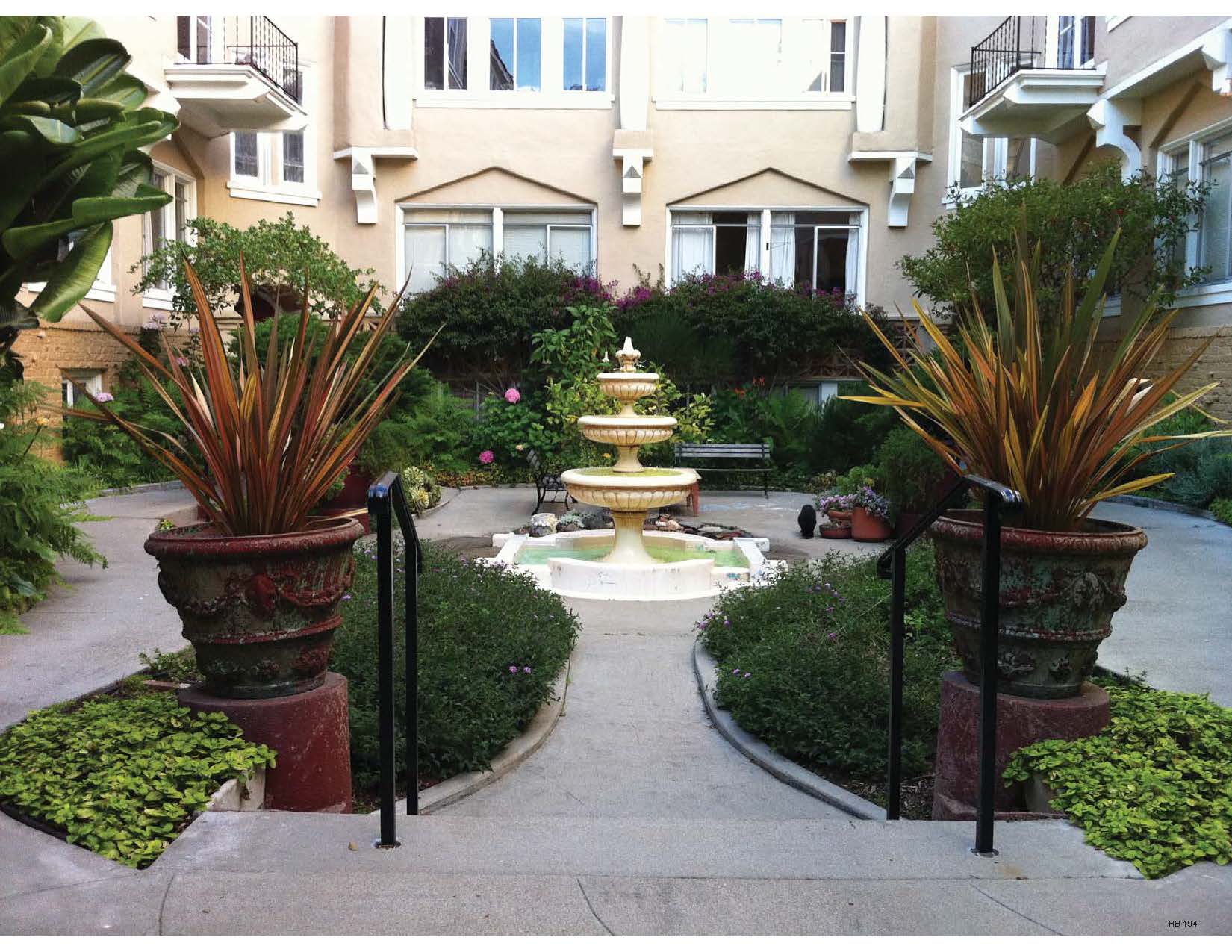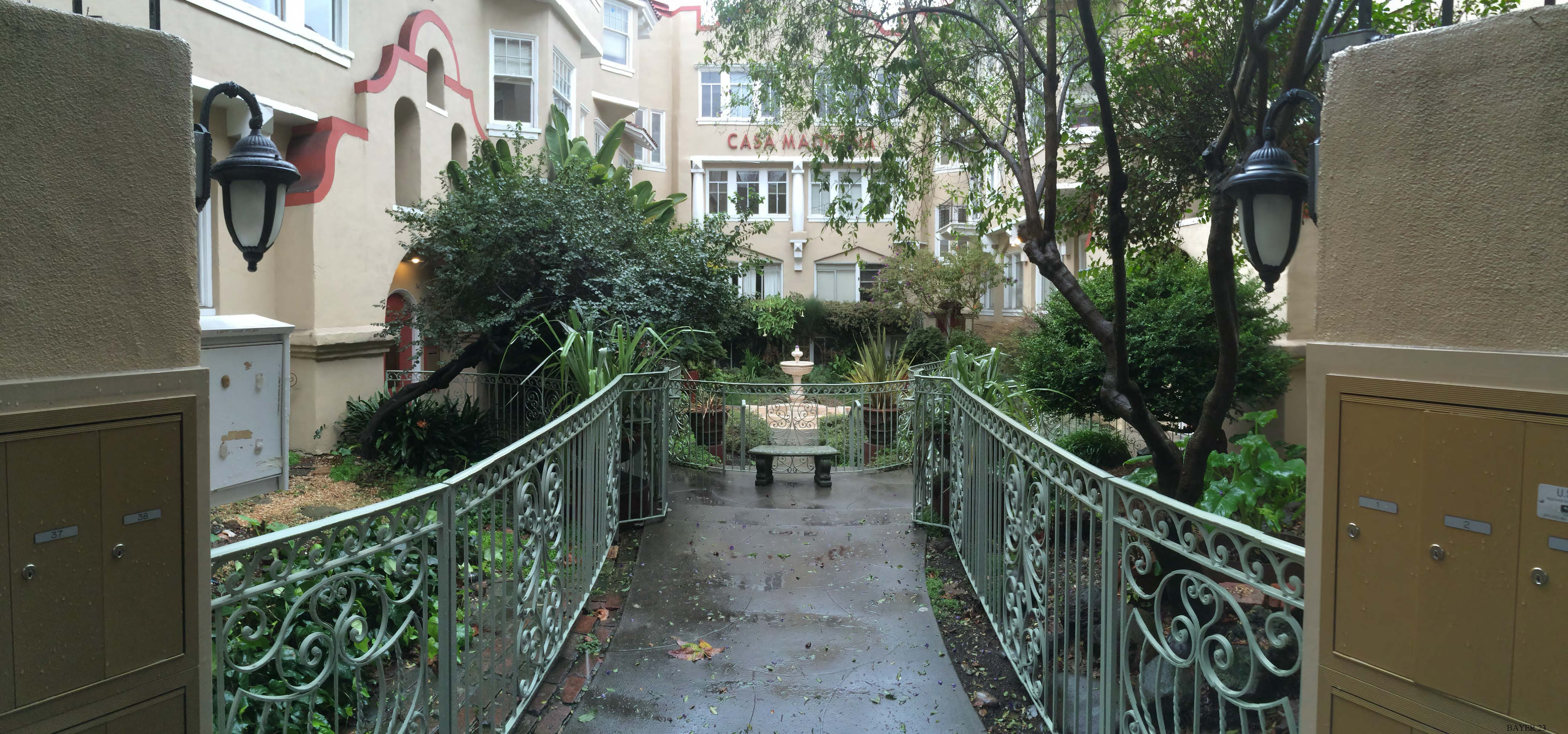Tenants fight back when landlord closes courtyard used by children. $370K incl. punitives. San Francisco County.
Summary
Residents of an upscale San Francisco apartment complex are outraged when landlord fences off courtyard area formerly used by tenants, especially those with young children.
The Case
- Case Name: Bayer, et al. v. Morse, et al.
- Court and Case Number: San Francisco Superior Court / CGC-13-534482
- Date of Verdict or Judgment: Wednesday, August 26, 2015
- Date Action was Filed: Tuesday, September 25, 2012
- Type of Case: Landlord-Tenant Issues, Unruh Act Violations
- Judge or Arbitrator(s): Hon. Richard Ulmer
-
Plaintiffs: Alan B. Bayer, 44, attorneyHeather E. Borlase, 43, attorneyPhyllis M. Grosz, 72, retired
-
Defendants: Frederick A. MorseMorse Family TrustDennis Doyle
- Type of Result: Jury Verdict
The Result
- Gross Verdict or Award: $370,000
-
Award as to each Defendant:
Joint and several, except as to punitive damages: Fred Morse to pay $5,000 each to Alan Bayer and Heather Borlase; Dennis Doyle to pay $5,000 each to Alan Bayer and Heather Borlase.
-
Economic Damages:
None.
-
Non-Economic Damages:
$50,000 to each Alan Bayer and Heather Borlase. The Court issued treble damages to each Alan Bayer and Heather Borlase under the San Francisco Rent Ordinance, Section 37.10B. $25,000 to Phyllis Grosz. The jury awarded Grosz an enhancement of $25,000 under the Unruh Act.
-
Punitive Damages:
Total of $20,000 as identified above.
- Trial or Arbitration Time: 10 days.
- Jury Deliberation Time: 3 days.
- Jury Polls: 9-3 on FEHA discrimination for Bayer and Borlase, 9-3 on Unruh Act discrimination as to Grosz. 12-0 FEHA retaliation as to Bayer and Borlase; 12-0 tenant harassment as to Bayer and Borlase; 12-0 malice, oppression or fraud.
- Post Trial Motions & Post-Verdict Settlements: Equitable relief, costs of suit including attorneys fees resulted in total judgment of $742,615.28.
The Attorneys
-
Attorney for the Plaintiff:
James B. Kraus, San Francisco.
-
Attorney for the Defendant:
Bledsoe, Diestel, Treppa & Crane LLP by James Treppa, San Francisco.
Saul Ferster, San Francisco.
The Experts
-
Plaintiff's Technical Expert(s):
Mark Sanchez, EPA lead containment guidelines,Oakland.
Facts and Background
-
Facts and Background:
Defendant landlord owned a 40-unit residential property named Casa Madrona on Frederick Street in San Francisco. Defendant landlord instituted a policy banning use of a communal space, including a garden courtyard, by all tenants because it was being used by tenant families with small children. The landlord also told tenants, orally and in writing, that there were no play areas on the property and reconfigured the communal space so that it was no longer usable for social purposes. The property manager, Dennis Doyle, instructed the resident manager to call the families with children and tell them that the privilege to use the garden courtyard was being revoked because management found chalk drawings on an interior sidewalk. Management also informed the tenants not to allow their children to play in any common area of the 40-unit property.
After several tenants sought rent reductions from the San Francisco Rent Board for the loss of services, Doyle and Morse then demolished the communal seating area and installed a wrought iron fence around the interior of the garden to physically prevent any further social use.
-
Plaintiff's Contentions:
That in September of 2012, the building landlord created a policy prohibiting social use of the common area, known as the Garden or the Courtyard. The no-use policy was put in place to prohibit the use of the garden by the families that lived in the building. (In 2012, there were seven children aged 5 and under in the building.)
Plaintiffs contended that after tenants complained about the policy, the landlord demolished the seating area in the Garden and installed a wrought iron fence to physically prohibit the use. That these procedural and physical changes constituted tenant harassment.
-
Defendant's Contentions:
That the property changes were made due to noise complaints and safety concerns, and did not relate to the children tenants.
Injuries and Other Damages
-
Physical Injuries claimed by Plaintiff:
None.
Additional Notes
The reason plaintiffs called a lead EPA expert: Plaintiffs were able to establish that the contractor (an original party to the action) failed to follow the EPA protocols, which are designed to protect children. This was used to establish that safety was not a true concern of the defendants, and also is a per se violation of the SF Rental Ordinance, Tenant Harassment provision, Section 37.10B. It was also argued as a form of retaliation and harassment, as the building landlord threatened two plaintiffs over painting their apartment and used the EPA protocols as a reason why.
During trial, defense produced only one noise complaint - dated 2005, from a tenant who passed away in 2011. No safety concerns were substantiated.
Settlement discussions were confidential, except to the extent that plaintiffs sought return of the garden to its previous configuration and lifting of the policy. All monetary demands were made in mediation on the eve of trial. There were no 998's. The Court denied the requested relief of garden being returned.
Before and After photos are shown of the apartment building courtyard.
